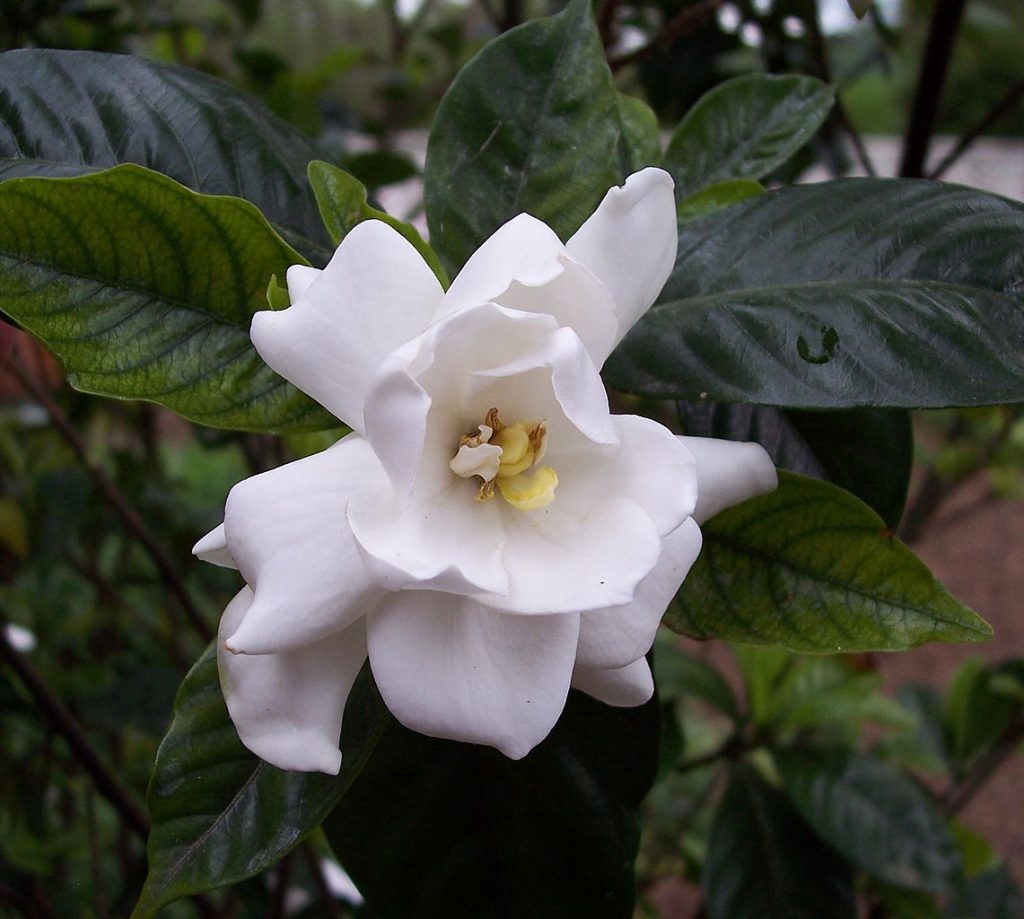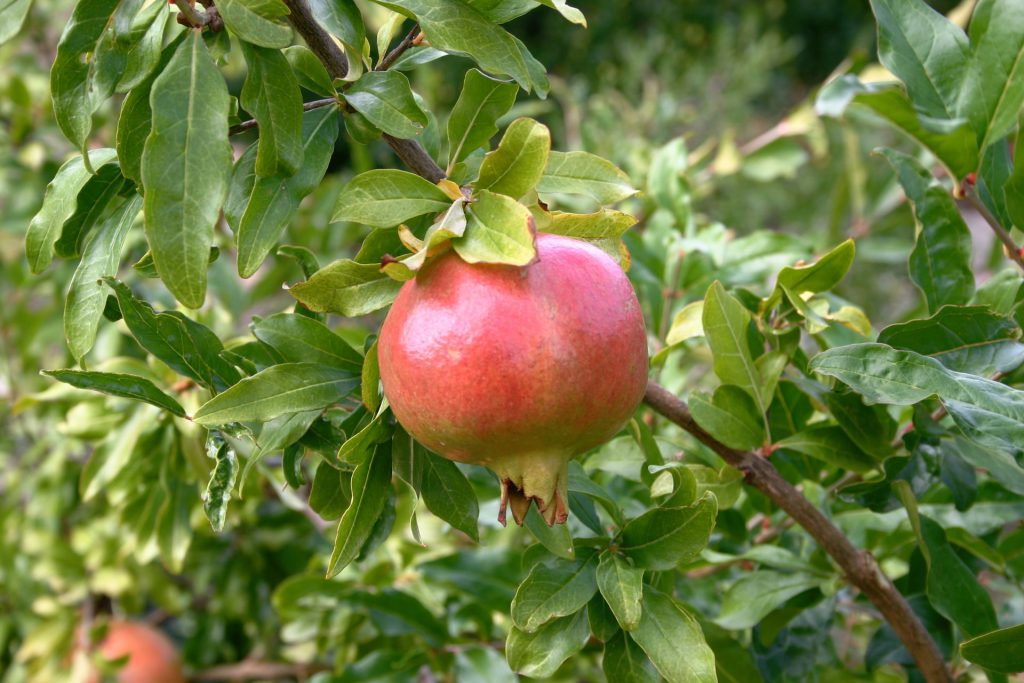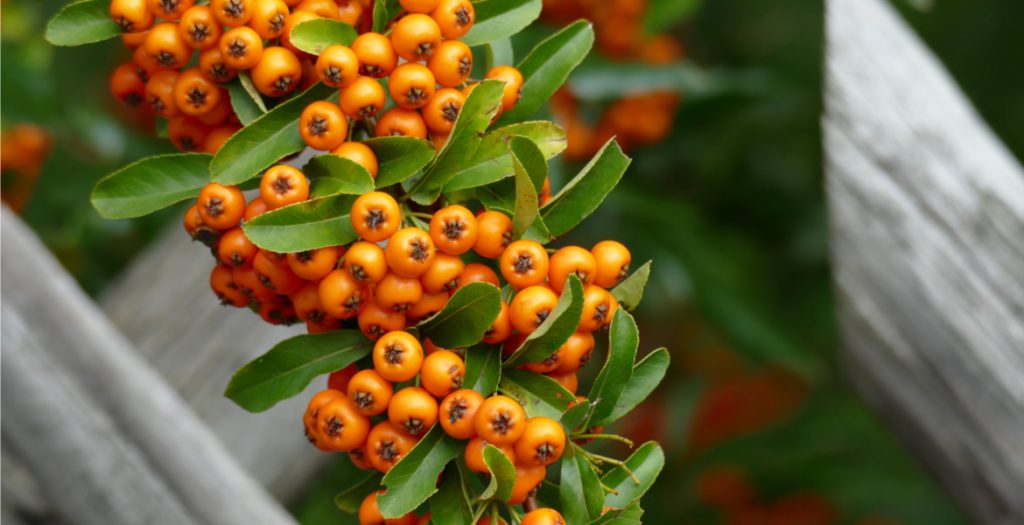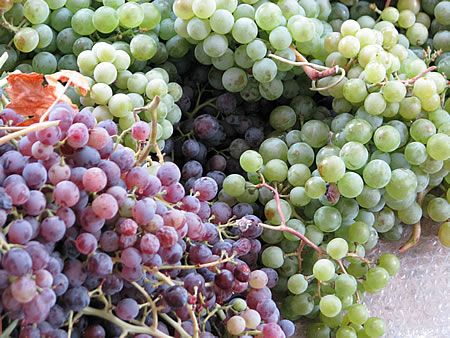Gardenia (Gardenia jasminoides), a tropical broadleaf evergreen shrub, is typically grown as a large, indoor houseplant because its blooms smell magnificent. In fact, few natural scents are as evocative and memorable as the smell of this coveted plant.
If it wasn’t for the plant’s fragrant appeal, however, few gardeners would attempt to grow the high-maintenance gardenia, commonly found only in conservatories and commercial greenhouses. Still, if you’re up for the challenge, even a few months of blooms make it a worthwhile endeavor.
Gardenia can also be planted outdoors in the spring or fall in the southern United States, or along the Pacific Coast. Gardeners typically purchase mature potted specimens for this purpose, so that they will bloom immediately. Should you choose to grow gardenia from seed, expect to wait two to three years before the plant flowers. Gardenia is toxic to pets.
How to Get Gardenia to Bloom
Gardenias have a distinctive floral, citrusy sweet scent. They look like roses with showy white or cream-colored petals that open up to a spiral around a central point. They bloom from late spring up through fall. Each bloom lasts several weeks before wilting. Deadhead or remove spent blooms after they wilt to spur more flower production.
To maximize your gardenia’s blooms, ensure its growing conditions are spot on, including its recommended fertilization and watering needs.
Wait to prune your plant after the last blooms have faded. This way, you won’t cut back any growth on new buds that may form.
Prevent “bud drop” (a condition known to affect this plant) by assuring humidity and water levels are just right (not too dry and not too moist).
Gardenia Care
Gardenia grows outside only in USDA Zones 8 to 11. If you live in a cooler climate, you can place your gardenia houseplant outside in the summer in temperatures of 60F (16C) and higher. Gardenia likes to be planted in light to medium shade in a location that doesn’t face competition from tree roots.
Garden gardenias prefer a planting area carefully amended with organic material to achieve rich, acidic soil that drains well. Soil should be regularly covered with a thick layer of mulch to control weeds and moisture.
A well-tended gardenia grows compact with deep green leaves and will bloom in early spring or early summer, depending on its location. This plant prefers daytime temperatures of 75F (24C) to 82F (28C), so keep it relatively warm when growing gardenia indoors. For this reason, outdoor potted plants must be brought indoors any night when the temperatures fall below the minimum.
Light
Indoor potted gardenias prefer bright light but not direct sunlight, especially during summer. Placing them in a sunny window that gets afternoon shade is best. Garden gardenias grow best planted in a partially shaded location. Some sun, with afternoon shade, works well here, too.
Soil
Gardenias are acid-loving plants, preferring soil with a lower pH. Traditional potting mixes with a peat base usually meet this criterion. When planted outdoors, it’s best to test the soil’s pH and amend it as needed. Mixing a teaspoon of agricultural sulfur into the planting hole may help lower soil pH.
Water
Gardenia prefers about one inch of water weekly (either by rain or hand). Drip irrigation works best as it keeps water off the leaves, which can cause fungal leaf spots. Reduce watering in the winter and only keep the soil slightly moist to the touch. This winter watering method also works well for potted gardenia.
Temperature and Humidity
Gardenia requires temperatures above 60F (16C), free of cold drafts. This plant also prefers a high humidity level above 60%. To maintain proper humidity, indoor plants may need a humidifier or constant misting during a cold, dry winter.
Fertilizer
Feed garden gardenias in mid March and then again in late June using an acid-rich fertilizer. Refer to the product’s instructed amounts and mix the fertilizer directly into the soil or dilute it with water. It’s best to use slightly under the recommended dosing to avoid over-fertilization. Stop feeding your gardenias in the fall to inhibit new growth before dormancy.
Container plants can be fed about every three weeks with an acidifying fertilizer similar to those used on azaleas or camellias. Organic gardeners prefer blood meal, fish emulsion, or bone meal. Refer to product recommendations on amounts and test the soil’s pH regularly.
Pruning gardenia
Prune gardenias after the plants have stopped blooming, removing straggly branches and spent blooms to your liking. However, gardenias don’t need to be pruned every season; this variety does fine with an every-other-year cutback. When pruning, use sharp garden shears to shape back the green and brown wood. Gardenias set buds on new and old wood, so cutting either is fine.
Greek name: Γαρδένια.
Source: https://www.thespruce.com/grow-gardenia-indoors-1902758





